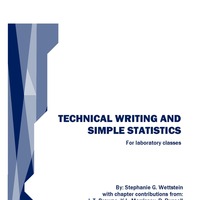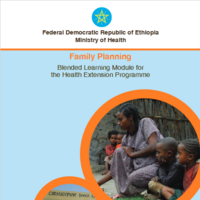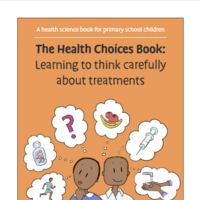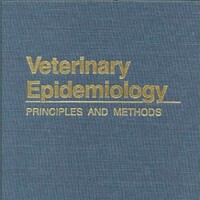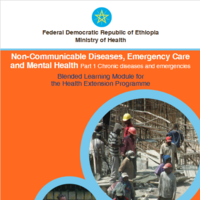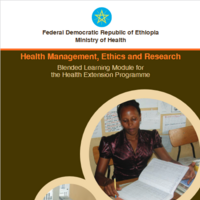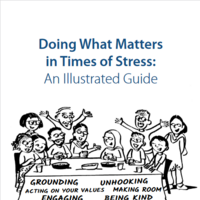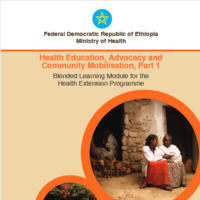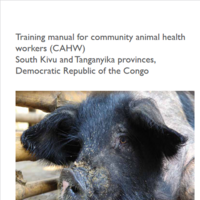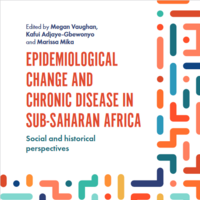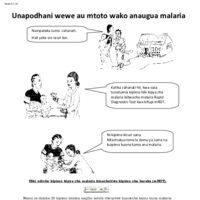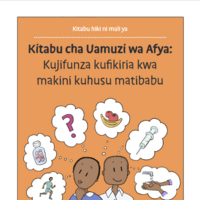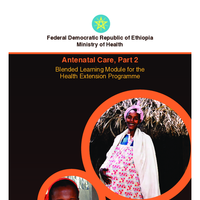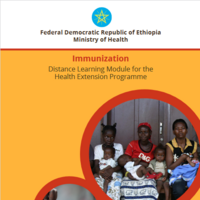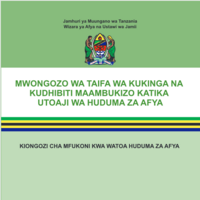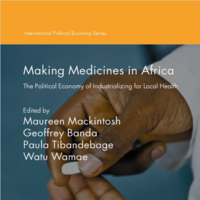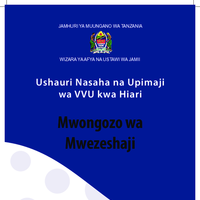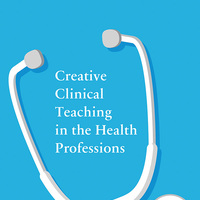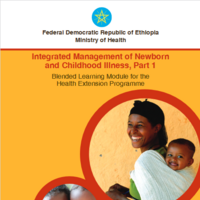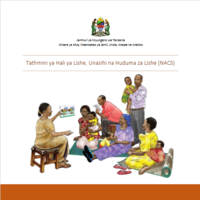Search
Books+
Searching 1,730 books
Search related to the career Biostatistician
Statistical Methods in Health Care
Introduction
Statistical methods play a crucial role in healthcare by providing valuable insights and evidence-based decision-making. These methods help healthcare professionals analyze data, identify patterns, and draw meaningful conclusions. Here are some ways statistical methods contribute to healthcare:
1. Epidemiological Studies
Statistical methods are used to conduct epidemiological studies, which investigate the distribution and determinants of health-related events in populations. These studies help identify risk factors, evaluate interventions, and inform public health policies.
2. Clinical Trials
Statistical methods are essential in designing, conducting, and analyzing clinical trials. They help determine sample sizes, randomize participants, and analyze data to assess the efficacy and safety of new treatments. Statistical techniques like hypothesis testing and confidence intervals provide reliable evidence for decision-making.
3. Predictive Modeling
Statistical methods enable the development of predictive models in healthcare. These models use historical data to forecast outcomes, such as disease progression, patient readmission rates, or treatment response. Predictive modeling helps healthcare providers optimize resource allocation, improve patient care, and enhance operational efficiency.
4. Quality Improvement
Statistical methods facilitate quality improvement initiatives in healthcare. Techniques like statistical process control (SPC) help monitor and analyze healthcare processes to identify variations, detect anomalies, and implement corrective actions. This leads to improved patient safety, reduced errors, and enhanced overall quality of care.
5. Health Outcomes Research
Statistical methods are employed in health outcomes research to evaluate the effectiveness of healthcare interventions and measure patient outcomes. These methods help assess treatment effectiveness, compare different interventions, and identify factors influencing patient outcomes. This information guides evidence-based decision-making and improves patient care.
6. Health Risk Assessment
Statistical methods assist in health risk assessment by analyzing large datasets and identifying risk factors associated with specific diseases or conditions. By understanding these risk factors, healthcare professionals can develop targeted prevention strategies, early detection programs, and personalized treatment plans.
Conclusion
Statistical methods are invaluable in healthcare, supporting evidence-based decision-making, improving patient outcomes, and enhancing overall quality of care. From epidemiological studies to clinical trials and predictive modeling, these methods provide healthcare professionals with the tools to analyze data, identify patterns, and make informed decisions for the benefit of patients and populations.
Source: Various AI tools
Healthcare providers
Books tagged healthcare providers
Health
Research
Books tagged research
Searched in English.

